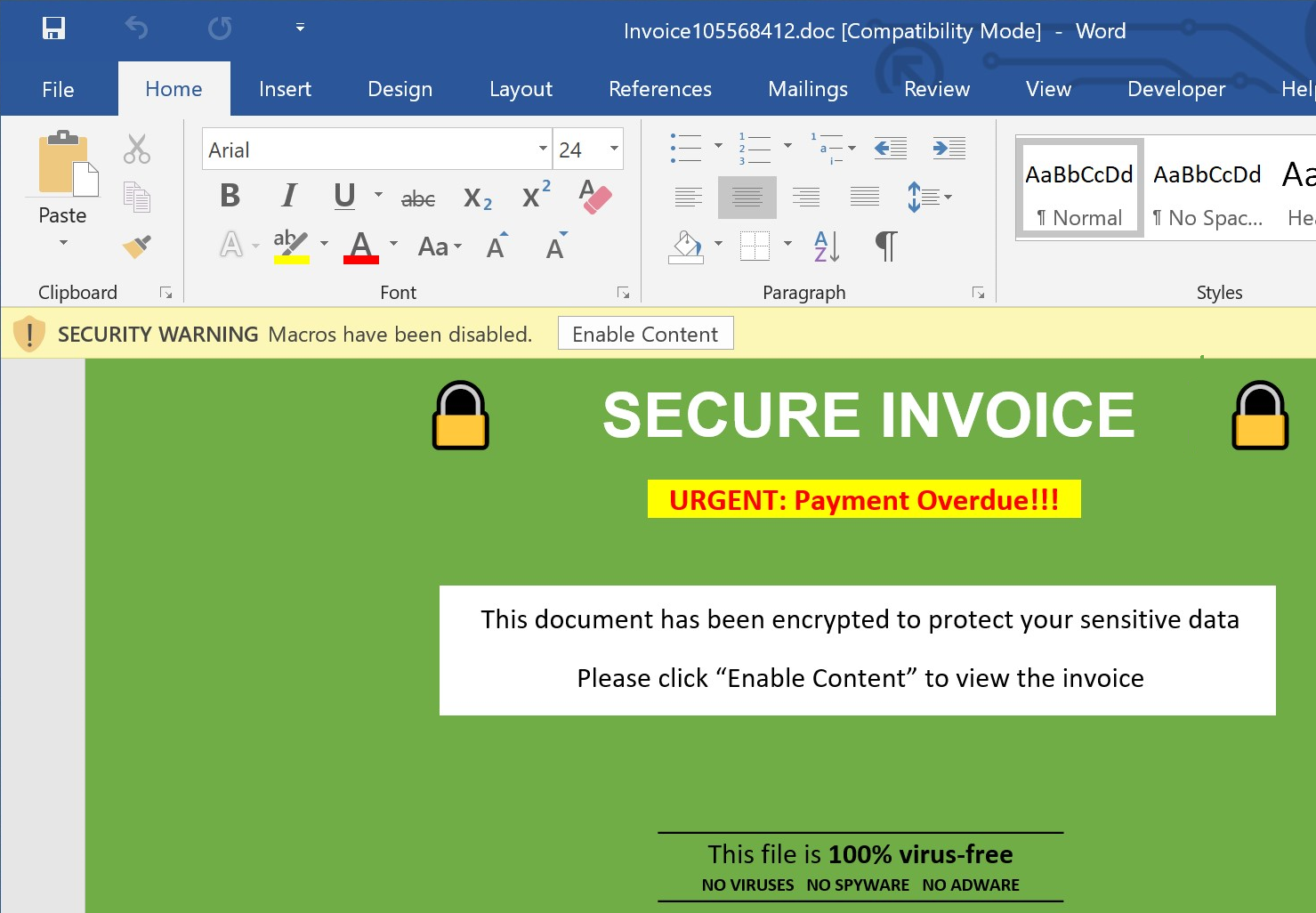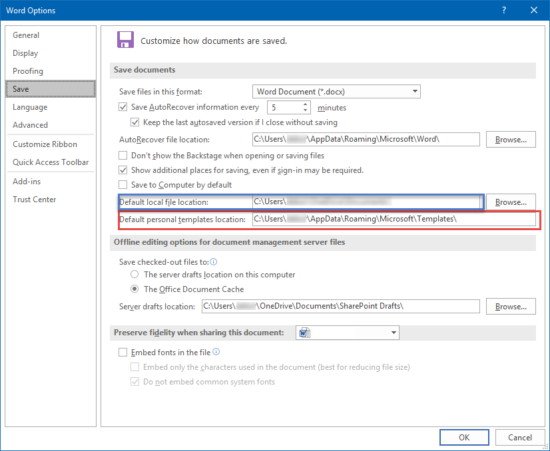The user templates location is stored in the UserTemplatesstring value. The workgroup templates location is stored in the SharedTemplates string value. These string values do not exist until you make a change to the default locations for your custom templates. By default, all Office programs look for their installed templates. Yes, you can install and use Office 2016 for Mac and Office for Mac 2011 at the same time. However, we recommend that you uninstall Office for Mac 2011 before you install the new version just to prevent any confusion. To uninstall Office for Mac 2011, follow the steps in Uninstall Office 2011 for Mac. How do I pin the Office app icons to the dock? Choose from thousands of free Microsoft Office templates for every event or occasion. Jump start your school, work, or family project and save time with a professionally designed Word, Excel, PowerPoint template that’s a perfect fit. /Library/Application Support/Microsoft/Office/User Templates/My Templates. The default user template path on Word 2016 is: /Library/Group Containers/UBF8T346G9.Office/User Content/Templates. By default the Library folder is hidden. To show the Library folder in Finder, click View Show View Options and enable Show Library Folder. Mac View Options.
Double-click Computer or, in Office 2016 programs, double-click This PC. Type a name for your template in the File name box. For a basic template, click the template item in the Save as type list. In Word for example, click Word Template.
Haven’t you seen the Themes that PowerPoint shows you when you want to create a new presentation? Where are those Themes located? Many times,you want to know why this information as easily accessible as it should have been. Luckily, we will try and solve this problem in thisarticle.
We will look at where the built-in Themes are located. If you want to find the location where your custom Themes and templates are saved,explore our Where Are Custom Office Themes and Templates Saved? page.
Where Are Built-in Office Themes Located?
Depending upon where you installed Microsoft Office, the built-in Themes may be located in one of the subfolders. By default, thistranslates to these folder locations:
Office 365 on Windows 10
Office 2016 Mac
Office 2019 on Windows 10
Office 2016 on Windows 10, 8, and 7
Multiple locations may contain the Themes installed with the program:
- C:Program FilesMicrosoft OfficeRootDocument Themes 16
- C:Program FilesMicrosoft OfficeDocument Themes 16
- C:Program Files (x86)Microsoft OfficeRootDocument Themes 16
- C:Program Files (x86)Microsoft OfficeDocument Themes 16
- C:Users˂Username˃AppDataRoaming MicrosoftTemplatesLiveContent 16ManagedDocument Themes˂LocaleID˃
- C:Users˂Username˃AppDataRoaming MicrosoftTemplatesLiveContent 16UserDocument Themes˂LocaleID˃
- C:Users˂Username˃AppDataRoaming MicrosoftTemplatesLiveContent 16ManagedDocument Themes˂LocaleID˃
Office 2016 on Mac OS X
Funnily enough, you cannot find any Themes anywhere within an Office 2016 installation. Follow these steps to access the Themes:
- Access the Macintosh HD:Applications folder. Locate the Microsoft PowerPoint icon, as shown inFigure 1, below.
Figure 1: Microsoft PowerPoint icon- Now Ctrl+click (or right-click) this icon, and choose the Show Package Contents option in the resultant menu, asshown in Figure 2, below.
Figure 2: Show Package Contents- You will now see the innards of the PowerPoint application! Browse to the Contents:Resources:Office Themes folder, where you will find all the Themes you have been looking for (see Figure 3 below).
Figure 3: Office Themes folder
Office 2013 on Windows 10, 8, and 7
Multiple locations may contain the Themes installed with the program:
- C:Program FilesMicrosoft OfficeRootDocument Themes 15
- C:Program FilesMicrosoft OfficeDocument Themes 15
- C:Program Files (x86)Microsoft OfficeRootDocument Themes 15
- C:Program Files (x86)Microsoft OfficeDocument Themes 15
- C:Users˂Username˃AppDataRoaming MicrosoftTemplatesLiveContent 15UserDocument Themes˂LocaleID˃
- C:Users˂Username˃AppDataRoaming MicrosoftTemplatesLiveContent ManagedDocument Themes˂LocaleID˃
- C:Users˂Username˃AppDataRoaming MicrosoftTemplatesLiveContent 15ManagedDocument Themes˂LocaleID˃
Office 2011 on Mac OS X
Macintosh HD:Applications:Microsoft Office:Office:Media:Templates:Office Themes
Office 2010 on Windows 8, 7, Vista, and XP
C:Program FilesMicrosoft OfficeDocument Themes 14
Office 2008 on Mac OS X
Macintosh HD:Applications:Microsoft Office:Office:Media:Templates:Office Themes
Office 2007 on Windows 8, 7, Vista, and XP

C:Program FilesMicrosoft OfficeDocument Themes 12
Note: These paths assume that you installed to your C drive (on Windows) or the Macintosh HD drive (on Mac OS X). If youinstalled to another drive, you will substitute the drive in your path. Also, you may have changed the name of your Microsoft Office folder toMicrosoft Office 2016 or a similar name for other versions of Microsoft Office. In that case, your paths may differ on account of different foldernames.
Related Links:Where Are Custom Office Themes andTemplates Saved? | Which Themes are Installed within OfficeVersions?
Target audience and introduction
This article is for users and IT administrators. In the first part, we’ll show users how to set the default template on their PC. In the second part, we’ll show how IT admins can deploy the default template to PC users across their organisation. For Mac users, refer to the section at the end of this article.
The default template in PowerPoint is a special file. It is the template that it used to create the blank presentation you see each time you start PowerPoint. In organisations with their own template, it saves a lot of time if that template is presented to users each time PowerPoint starts. Somewhat confusingly, the default template is called blank.potx and it resides in the user’s documents area here:

%appdata%MicrosoftTemplates
The %appdata% part is an alias (or shortcut) which resolves to a unique user location on every PC. For example:
C:UsersJohnSmithAppDataRoamingMicrosoftTemplates
This special location for blank.potx should not be confused with the separate location for custom (aka personal) templates which may be the same location or one of these:
C:UsersUserNameDocumentsCustom Office Templates
It may also be a completely different location since it can be set by the user in the backstage under File / Options / Save as shown below (for PowerPoint 2016)
How users can set the default template
Setting the default template requires two things:
- The right file name : default.potx
- The right location : %appdata%MicrosoftTemplates
To set the default template
- Start PowerPoint
- Open the POTX template you want to set as the default
- Click File / Save As
- Click the file type drop down and select PowerPoint Template (*.potx). This will automatically change the folder location to your personal templates folder. DO NOT SAVE It HERE!
- Now click More options… (PowerPoint 2016) which will open a file dialog name and replace the file name with %appdata%MicrosoftTemplates and hit return
- You should now see a folder that contains the file blank.potx
- You can optionally make a backup up of that file by selecting it, pressing Ctrl+C and then Ctrl+V
- Click the blank.potx file and then click the Save button to overwrite it
- Close PowerPoint
- Start PowerPoint to confirm your default template has changed
IT admins deployment of the default template

There are several methods but by far the easiest is to use an xcopy command in a logon script file. This is the simplest example:
You can then add command line switches as required. For example, to suppress UI messages:

This can be extended to an enhanced script file that reports the success or failure of the xcopy process. Copy the following script to a batch file eg. setDefPOTX.bat, changing the serverFile value, and then run it in the user logon sequence:
PowerPoint:mac users
Things are slightly different on the Mac. There is no blank.potx but there is the concept of a Default Theme.thmx file. You can create a thmx file by saving your template from PowerPoint 2016(PC) or PowerPoint:mac 2011 but not PowerPoint:mac 2016. Click File / Save As and select the file format from the format drop down.
Microsoft Office For Mac 2016
To set it as the default, save the file in the corresponding location according to your version of PowerPoint:
PowerPoint:mac 2016
Download Office 2016 Mac
/Users/username/Library/Group Containers/UBF8T346G9.Office/User Content/Themes/Default Theme.thmx
Buy Office 2016 For Mac
PowerPoint:mac 2011
/Users/username/Library/Application Support/Microsoft/Office/User Templates/My Themes/Default Theme.thmx
Note that in both of these cases, access to the Library folder on OSX is gained in Finder by clicking Go from the menu bar whilst holding down the alt key.